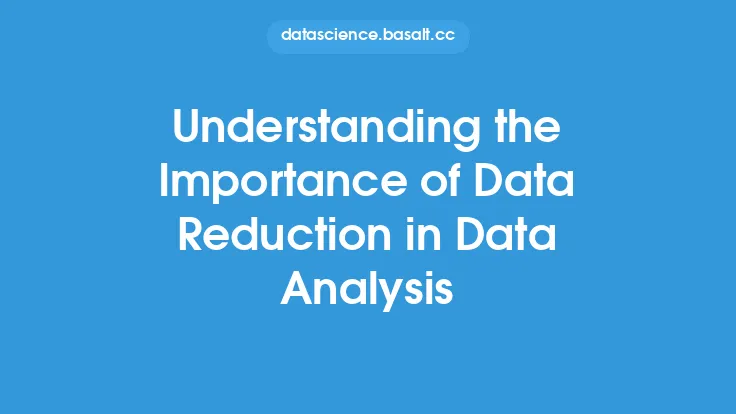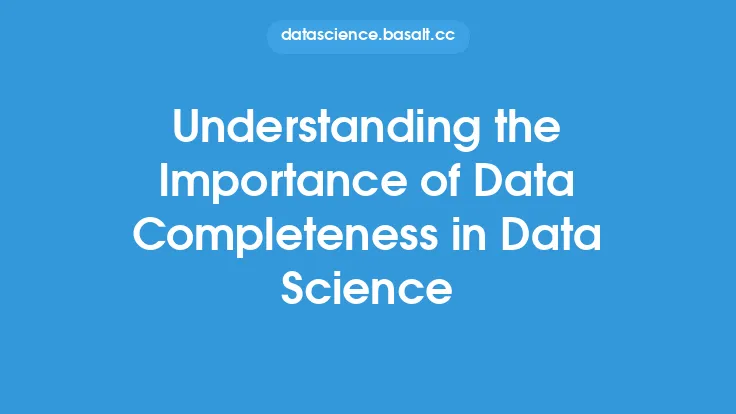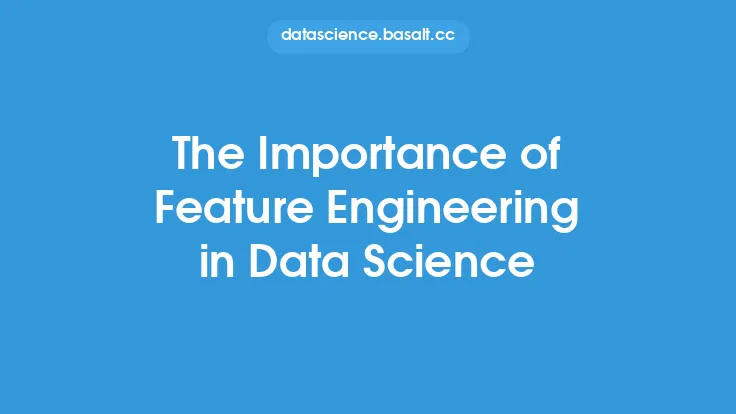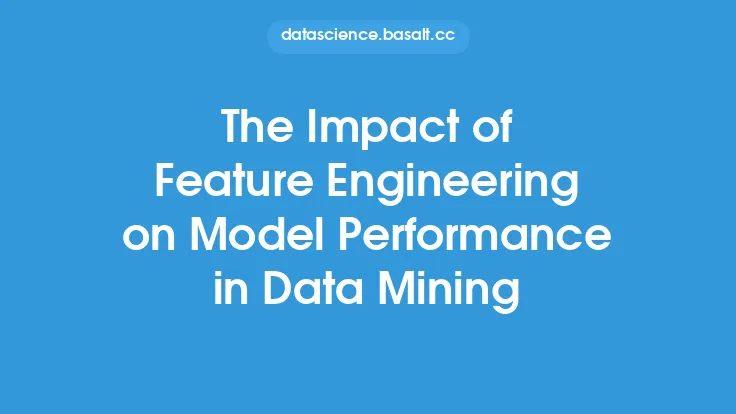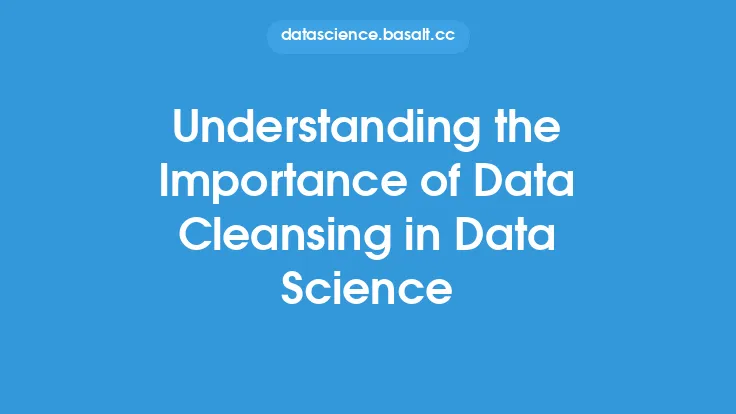Data mining is a process that involves discovering patterns, relationships, and insights from large datasets. It has become an essential tool for organizations to make informed decisions, identify new opportunities, and gain a competitive edge. However, as the volume and complexity of data continue to grow, it has become increasingly important to reduce the data to a more manageable size while preserving its integrity. This is where data reduction comes into play.
What is Data Reduction?
Data reduction is the process of selecting and transforming data into a more compact and meaningful representation. It involves reducing the number of features, instances, or dimensions of a dataset while retaining its essential characteristics. The goal of data reduction is to simplify the data, reduce noise and irrelevant information, and improve the accuracy and efficiency of data mining models. Data reduction can be achieved through various techniques, including data aggregation, data normalization, feature selection, and dimensionality reduction.
Benefits of Data Reduction
Data reduction offers several benefits, including improved model performance, reduced computational complexity, and enhanced data visualization. By reducing the number of features and instances, data reduction can help to eliminate noise and irrelevant information, resulting in more accurate and reliable models. Additionally, data reduction can reduce the computational resources required for data mining, making it possible to analyze large datasets more efficiently. Data reduction can also improve data visualization by reducing the number of dimensions and features, making it easier to understand and interpret the data.
Types of Data Reduction
There are several types of data reduction, including feature selection, dimensionality reduction, data aggregation, and data normalization. Feature selection involves selecting a subset of the most relevant features from a dataset, while dimensionality reduction involves reducing the number of dimensions or features of a dataset. Data aggregation involves combining multiple instances or features into a single instance or feature, while data normalization involves scaling the data to a common range to prevent differences in scales. Each type of data reduction has its own strengths and weaknesses, and the choice of which one to use depends on the specific characteristics of the dataset and the goals of the data mining project.
Data Reduction Techniques
There are several data reduction techniques, including principal component analysis (PCA), singular value decomposition (SVD), independent component analysis (ICA), and feature extraction. PCA is a widely used technique that involves transforming the data into a new set of orthogonal features, called principal components, which capture the majority of the variance in the data. SVD is a technique that involves decomposing a matrix into the product of three matrices, which can be used to reduce the dimensionality of a dataset. ICA is a technique that involves separating a multivariate signal into its independent components, which can be used to identify hidden patterns and relationships in the data. Feature extraction involves selecting a subset of the most relevant features from a dataset, which can be used to improve the accuracy and efficiency of data mining models.
Challenges and Limitations of Data Reduction
While data reduction offers several benefits, it also poses several challenges and limitations. One of the main challenges of data reduction is the risk of losing important information or patterns in the data. If the data reduction technique is not chosen carefully, it can result in the loss of critical features or instances, which can affect the accuracy and reliability of the data mining model. Additionally, data reduction can be computationally expensive, especially for large datasets. Furthermore, data reduction can be sensitive to the choice of parameters and techniques, which can affect the quality of the results.
Real-World Applications of Data Reduction
Data reduction has several real-world applications, including customer segmentation, fraud detection, and recommender systems. In customer segmentation, data reduction can be used to identify the most relevant features and characteristics of customers, which can be used to develop targeted marketing campaigns. In fraud detection, data reduction can be used to identify patterns and anomalies in transactional data, which can be used to detect and prevent fraudulent activities. In recommender systems, data reduction can be used to reduce the dimensionality of user-item interaction data, which can be used to provide personalized recommendations to users.
Best Practices for Data Reduction
To get the most out of data reduction, it is essential to follow best practices, including understanding the characteristics of the dataset, choosing the right data reduction technique, and evaluating the quality of the results. It is also essential to consider the goals and objectives of the data mining project, as well as the computational resources and expertise available. Additionally, it is essential to validate the results of data reduction using techniques such as cross-validation and bootstrapping, which can help to ensure the accuracy and reliability of the results.
Future Directions of Data Reduction
The field of data reduction is constantly evolving, with new techniques and methods being developed to address the challenges and limitations of existing methods. Some of the future directions of data reduction include the development of more efficient and scalable algorithms, the integration of data reduction with other data mining techniques, and the application of data reduction to new domains and industries. Additionally, there is a growing need for more interpretable and explainable data reduction methods, which can provide insights into the underlying patterns and relationships in the data. As the volume and complexity of data continue to grow, data reduction will play an increasingly important role in enabling organizations to extract insights and value from their data.
